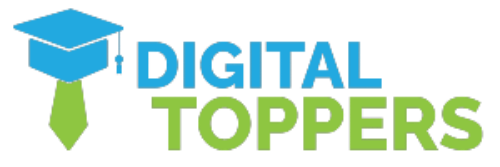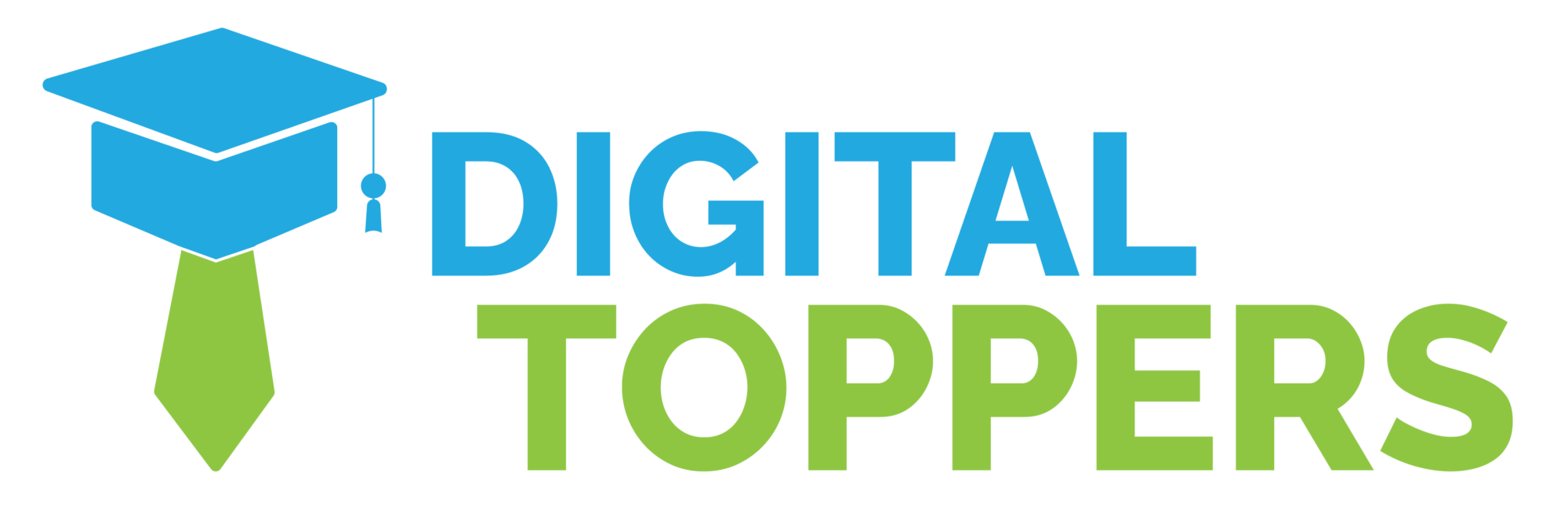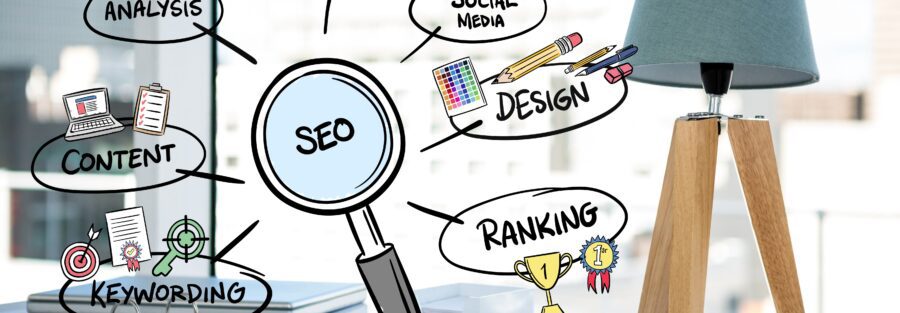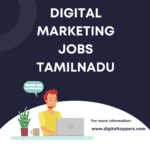On-page SEO is called “on-page” because the tweaks and changes you make to optimize your website can be seen by visitors on your page (whereas off-page and technical SEO elements aren’t always visible).
On-Page SEO Elements:
High-Quality Page Content:
First, there is the process of choosing the right keywords and topical theses for creating articles. This can be achieved by searching for torrents and keywords that one wishes to target in Google search results, analyzing competitors’ activity and other similar sites. Even more, enlist the help of applications like Ahrefs, AnswerthePublic, UberSuggest, among others to facilitate this process.
Read our blog to know more about content creation – Beginners Guide to Content Creation.
Page Titles also known as title tags:
Follow these guidelines for choosing correct title tags,
- Keep it concise: In detailed terms, Google suggests limiting the title tag to under 60 characters to ensure that the title does not get clipped when it appears in search results because they are limited to 600 pixels in width.
- Avoid keyword stuffing: Do not use your keywords too often in the title as this is a tactical mistake now, because modern search engines will not accept this and it will not be comfortable for the visitors.
- Relevance is key: If you are using a link in a page, make sure the title of the link reflects on the content of the page the link points to. A relevant title not only helps the users of the webpage but also assists in increasing the page rankings on search engine results.
- Avoid all caps: Including the whole title in uppercase letters is not very appropriate because it may seem too aggressive and rude.
- Include your brand: Ensure that the targeted topic is well aligned with your business and your brand in the title to give the article credibility and recognition Example from Hubspot – “The Ultimate Guide to On-Page SEO in 2022 — HubSpot Blog”.
Headers:
Use HTML header tags like <h1> , <h2> , etc., to organize your content for readers and search engines. Include relevant keywords in these headers, especially in <h1> and <h2> different from your page title.
Meta Descriptions:
eta descriptions are concise page summaries beneath search result titles. While not a direct ranking factor, they impact click-through rates, making them vital for on-page SEO. These descriptions can also appear on social media when content is shared, boosting clicks.
A good meta description is:
Less than 160 characters (though Google may allow longer). Includes your main keyword or phrase. Uses complete, engaging sentences. Avoids characters like —, &, or +.
Also Read, 10 Common SEO Mistakes to Avoid in 2023.
Image Alt-text:
Image alt-text is essential for image SEO, aiding search engines in understanding image content. Given Google’s increased use of image-based results, alt-text is vital for site visibility. Craft concise, descriptive, and contextually relevant alt-text under 125 characters, avoiding keyword overuse. This optimizes images for better search engine visibility, aiding user discovery through image-based search results.
Page Url:
Ensure your page URLs are user-friendly and maintain a consistent site hierarchy, including subpages and blog posts. A typical URL structure consists of the sub-domain, the domain, a directory, and a specific path.To create SEO-friendly URLs:
- Eliminate unnecessary words.
- Use one or two keywords.
- Prefer HTTPS, as Google views it positively for ranking.
Internal Linking:
Internal linking, or adding hyperlinks to relevant pages within your website, is crucial for on-page SEO. It keeps readers engaged, signals your site’s value to Google, and allows for better indexing, potentially leading to higher search rankings.
Also Read, Top SEO Techniques for Business Growth.
External Linking:
While internal links are crucial for on-page SEO, external links to reputable sites also matter. These links signal to Google that your page is trustworthy and well-referenced, enhancing credibility in the eyes of both search engines and visitors.
Mobile Responsiveness:
Google favors faster mobile speeds, even for desktop searches. Prioritize mobile responsiveness in your site’s hosting, design, and content layout. Use Google’s Mobile-Friendly Test tool to check your site’s readiness.
Site Speed:
Page speed is vital for on-page SEO, impacting user experience, visitor retention, conversions, and ROI. Use Google’s PageSpeed Insights tool to check your website’s speed.
Structured Markup:
Structured markup, or structured data, involves enhancing your website’s source code to help Google locate and comprehend various content elements. It’s what powers featured snippets, knowledge panels, and other content features in Google search results. Additionally, structured markup ensures that your page information appears neatly when shared on social media.
“Invest in SEO Today to Unlock Your Future! Improve your career and business with essential SEO knowledge in the quick-paced digital age. Act now and take the opportunity!”
Check Digital Toppers SEO Online Course and Boost your Website Rankings in Search Engines.



